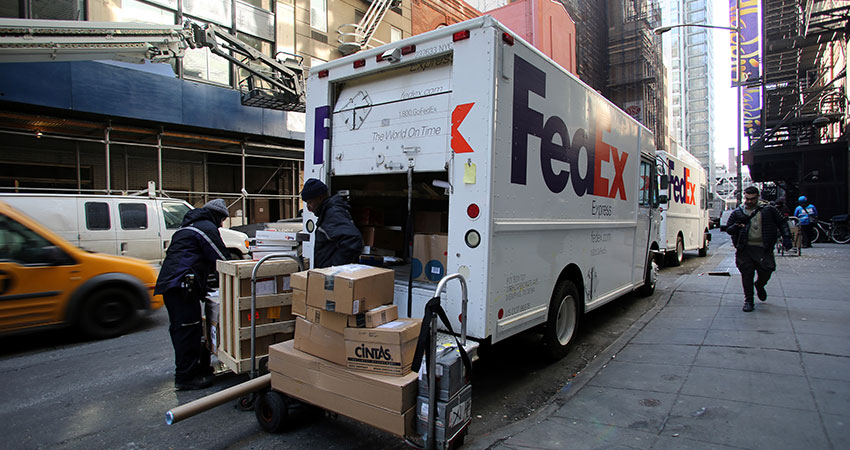Plans for FedEx to consolidate its operations, announced last week to analysts and investors, are long overdue and should yield the efficiency benefits executives are expecting, especially given a fairly conservative five-year timeline, most experts agreed.
Others saw FedEx following the lead of rival UPS with a heightened emphasis on revenue quality and revenue management, including flexible pricing, in order to boost the bottom line.
The integration plan, called Network 2.0, calls for reducing the number of Ground and Express stations by 100 over the next 3-5 years; creating a common IT infrastructure for key operational elements like scanning and sorting by 2024; and eliminating more than 10% of the collective routes of both divisions by 2027.
“(Network 2.0) fundamentally changes how we look at our networks,” said FedEx president and CEO Raj Subramaniam, who took the reins in March. “It moves beyond discrete collaboration to more end-to-end optimization.
With an upfront cost of $2 billion over five years, the plan is expected to generate $2 billion in operating income by 2025, Subramaniam said.
Matthew Hertz, co-founder of retail supply chain consultancy Second Marathon, said FedEx was simply doubling down on the results it saw a few years ago when consolidating its postal workshare offering, SmartPost, into the Ground network.
“They’ve learned from the efficiencies there and are going even deeper down that path of saying, why have two trucks on the same suburban road, at the same time, when I can combine those packages into a single vehicle?” Hertz said. “But then I realize most Ground and Express trucks are already leaving full. Combining two half-empty trucks, then I can see (the efficiency gain).”
There are more obvious benefits in terms of overhead savings by consolidating facilities such as sortation centers, Hertz said. As for the integration program’s $2 billion price tag, he saw it as minimal for a company generating nearly $100 billion in annual revenue and given the expected payback.
Thomas Andersen, a partner and EVP of supply chain services for LJM Group, said the five-year integration of Ground and Express should be doable and help the company minimize expected service disruptions, but integrating FedEx Freight “will likely be a bit more complex.”
“To have multiple vehicles make pickups and deliveries daily lead to tremendous operating inefficiencies and added costs,” Andersen said. “UPS’s single network is more environmentally conscious and efficient, so this will help FedEx narrow the gap. It’s needed and long overdue.”
He added Subramaniam’s statement during the presentation that 95% of FedEx’s customers are using more than one of its three main business units, in making the case for consolidation, “seems absolutely accurate.”
As FedEx has been signaling this change for some time, many are taking a wait-and-see attitude toward its ability to execute against the plan, said Tim Sailor, owner of Navigo Consulting Group, adding it’s bound to impact pricing for shippers.
“I’m not sure why FedEx would want to combine ground and air networks after spending all these years on separate ones,” Sailor said. “And, I’m not sure how committed FedEx will be to keep promoting ground economy in this format.”

